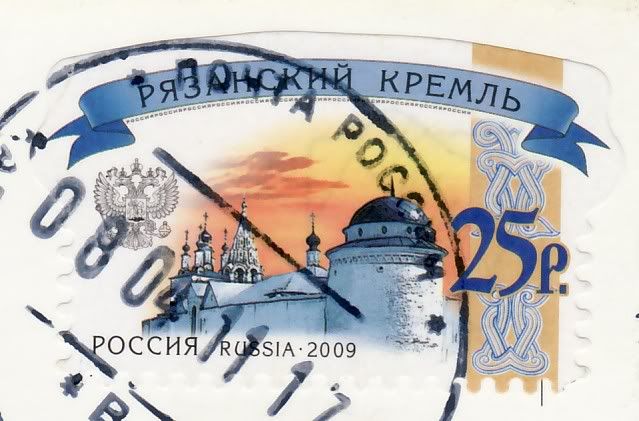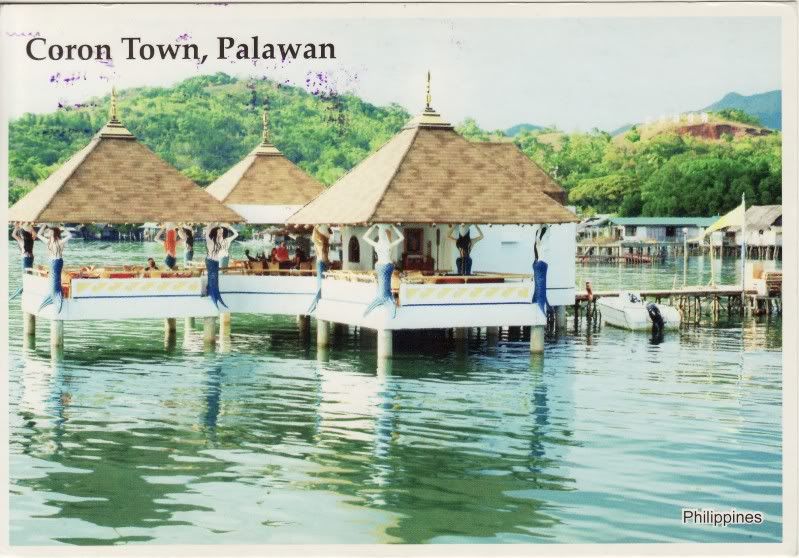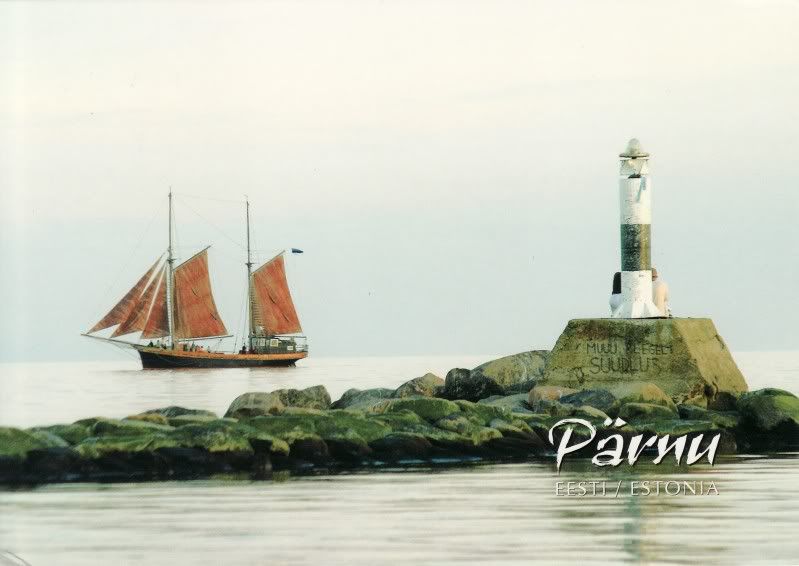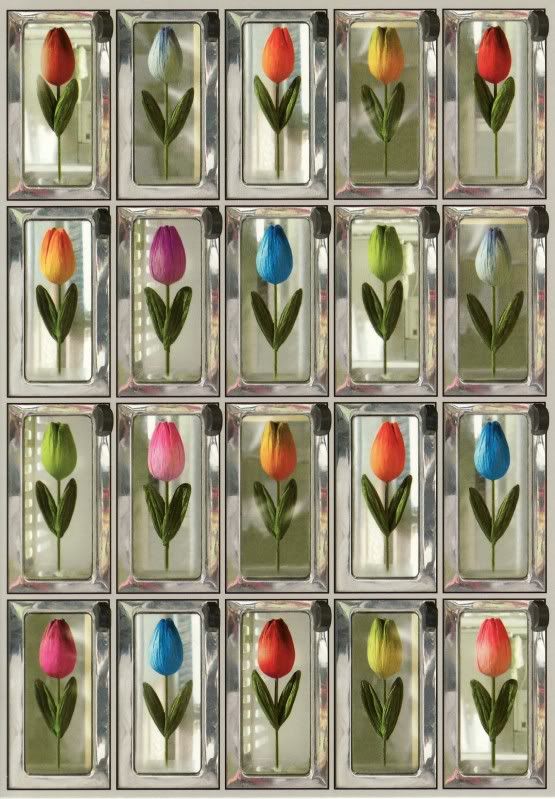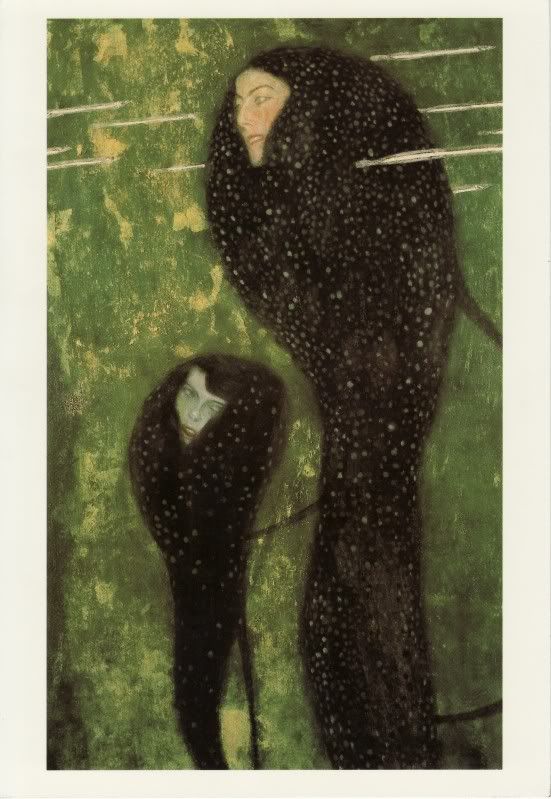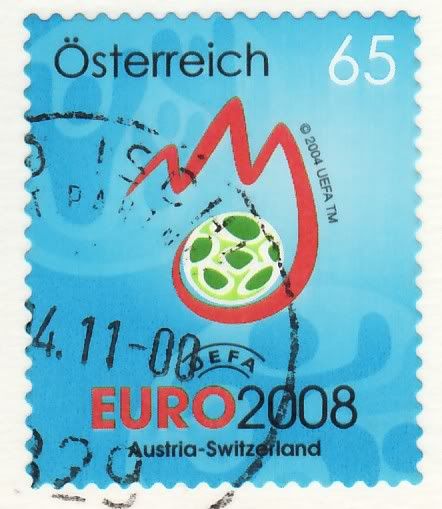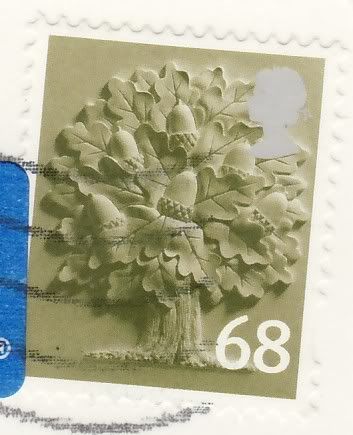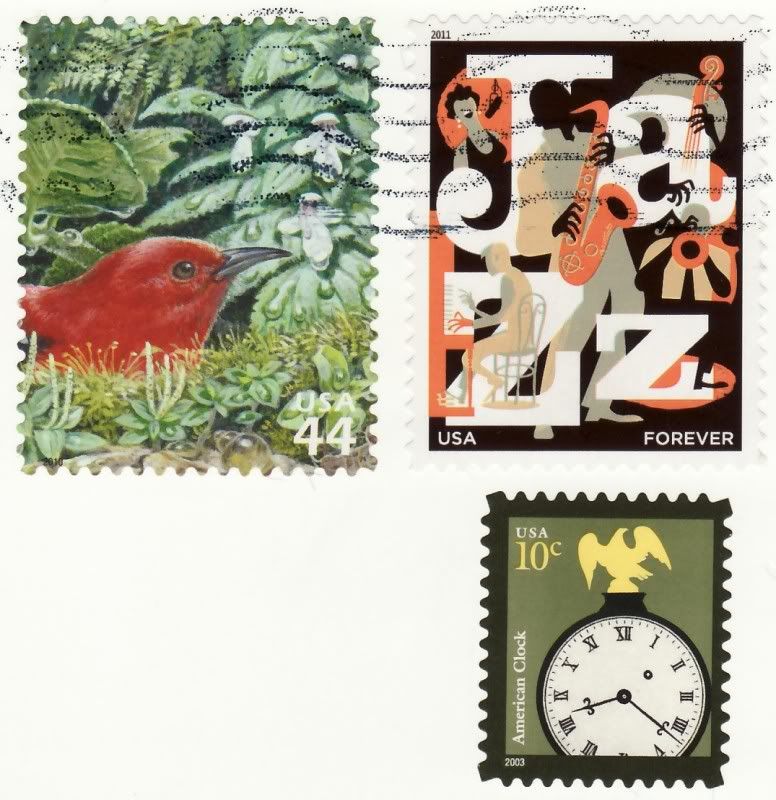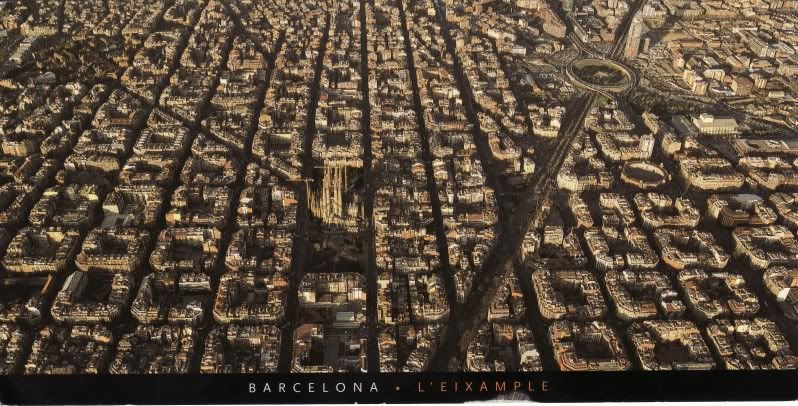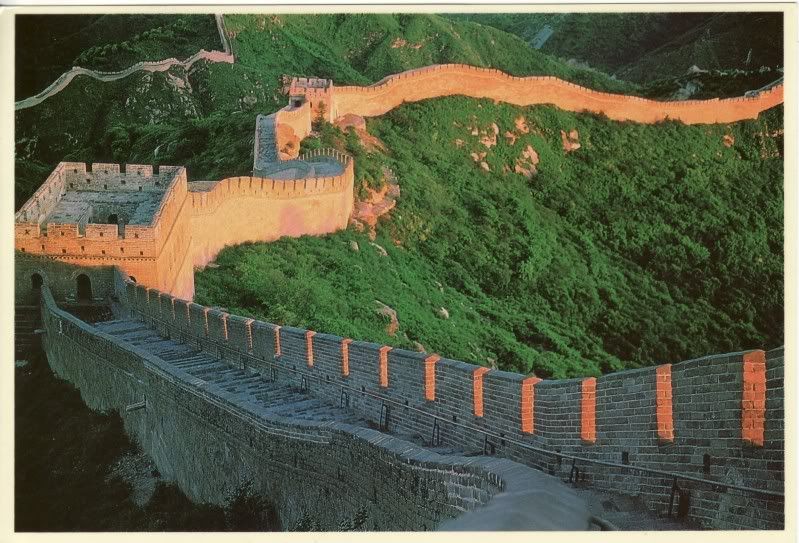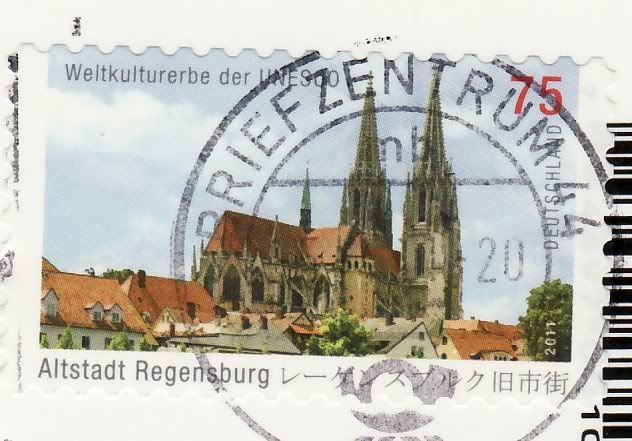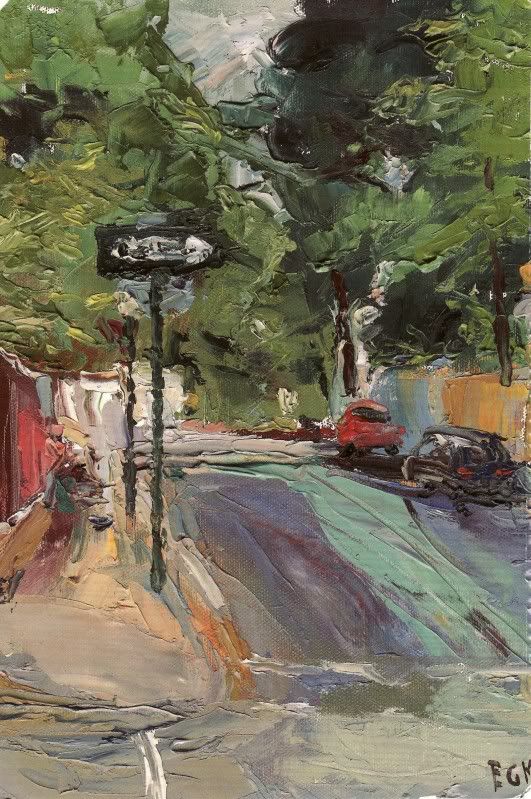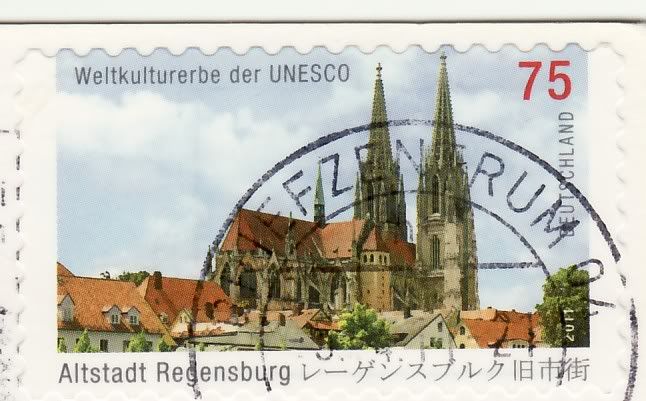Thursday, April 28, 2011
Wednesday, April 20, 2011
Monday, April 18, 2011
Thursday, April 14, 2011
ES-111088
The Eixample is a district of Barcelona between the old city (Ciutat Vella) and what were once surrounding small towns (Sants, Gràcia, Sant Andreu etc.), constructed in the 19th and early 20th centuries.
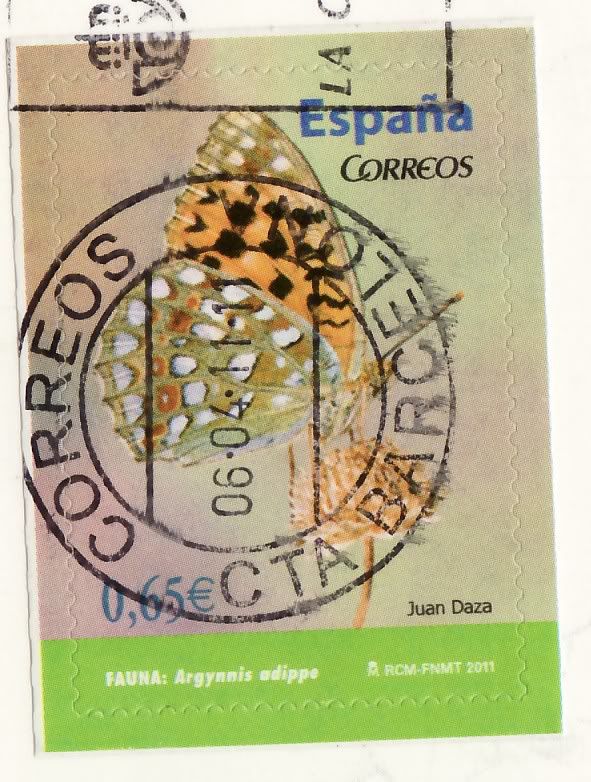 The Eixample is characterized by long straight streets, a strict grid pattern crossed by wide avenues, and square blocks with chamfered corners (named illes in Catalan, manzanas in Spanish). This was a visionary, pioneering design by Ildefons Cerdà, who considered traffic and transport along with sunlight and ventilation in coming up with his characteristic octagonal blocks, where the streets broaden at every intersection making for greater visibility, better ventilation and (today) some short-stay parking space. The grid pattern remains as a hallmark of Barcelona, but many of his other provisions were unfortunately ignored: the four sides of the blocks and the inner space were built instead of the planned two or three sides around a garden; the streets were narrower; only one of the two diagonal avenues was carried out; the inhabitants were of a higher class than the mixed composition dreamed of by Cerdà. The important needs of the inhabitants were incorporated into his plan, which called for markets, schools, hospitals every so many blocks. Today, most of the markets remain open in the spots they have been from the beginning.
The Eixample is characterized by long straight streets, a strict grid pattern crossed by wide avenues, and square blocks with chamfered corners (named illes in Catalan, manzanas in Spanish). This was a visionary, pioneering design by Ildefons Cerdà, who considered traffic and transport along with sunlight and ventilation in coming up with his characteristic octagonal blocks, where the streets broaden at every intersection making for greater visibility, better ventilation and (today) some short-stay parking space. The grid pattern remains as a hallmark of Barcelona, but many of his other provisions were unfortunately ignored: the four sides of the blocks and the inner space were built instead of the planned two or three sides around a garden; the streets were narrower; only one of the two diagonal avenues was carried out; the inhabitants were of a higher class than the mixed composition dreamed of by Cerdà. The important needs of the inhabitants were incorporated into his plan, which called for markets, schools, hospitals every so many blocks. Today, most of the markets remain open in the spots they have been from the beginning.
Some parts of the Eixample were influenced by Modernista architects, chief among whom was Antoni Gaudí. His work in the Eixample includes the Casa Milà (nicknamed La Pedrera) and the Casa Batlló, both of which are on the wide Passeig de Gràcia, as well as the Sagrada Família. Other architects who made highly significant, and certainly more numerous, contributions to giving the Eixample its characteristic appearance include Josep Puig i Cadafalch, Josep Domènech i Estapà, Josep Vilaseca i Casanovas and perhaps above all Enric Sagnier i Villavecchia, responsible for a total of over 500 buildings in the city (not all of them in the Eixample).
 The Eixample is characterized by long straight streets, a strict grid pattern crossed by wide avenues, and square blocks with chamfered corners (named illes in Catalan, manzanas in Spanish). This was a visionary, pioneering design by Ildefons Cerdà, who considered traffic and transport along with sunlight and ventilation in coming up with his characteristic octagonal blocks, where the streets broaden at every intersection making for greater visibility, better ventilation and (today) some short-stay parking space. The grid pattern remains as a hallmark of Barcelona, but many of his other provisions were unfortunately ignored: the four sides of the blocks and the inner space were built instead of the planned two or three sides around a garden; the streets were narrower; only one of the two diagonal avenues was carried out; the inhabitants were of a higher class than the mixed composition dreamed of by Cerdà. The important needs of the inhabitants were incorporated into his plan, which called for markets, schools, hospitals every so many blocks. Today, most of the markets remain open in the spots they have been from the beginning.
The Eixample is characterized by long straight streets, a strict grid pattern crossed by wide avenues, and square blocks with chamfered corners (named illes in Catalan, manzanas in Spanish). This was a visionary, pioneering design by Ildefons Cerdà, who considered traffic and transport along with sunlight and ventilation in coming up with his characteristic octagonal blocks, where the streets broaden at every intersection making for greater visibility, better ventilation and (today) some short-stay parking space. The grid pattern remains as a hallmark of Barcelona, but many of his other provisions were unfortunately ignored: the four sides of the blocks and the inner space were built instead of the planned two or three sides around a garden; the streets were narrower; only one of the two diagonal avenues was carried out; the inhabitants were of a higher class than the mixed composition dreamed of by Cerdà. The important needs of the inhabitants were incorporated into his plan, which called for markets, schools, hospitals every so many blocks. Today, most of the markets remain open in the spots they have been from the beginning.Some parts of the Eixample were influenced by Modernista architects, chief among whom was Antoni Gaudí. His work in the Eixample includes the Casa Milà (nicknamed La Pedrera) and the Casa Batlló, both of which are on the wide Passeig de Gràcia, as well as the Sagrada Família. Other architects who made highly significant, and certainly more numerous, contributions to giving the Eixample its characteristic appearance include Josep Puig i Cadafalch, Josep Domènech i Estapà, Josep Vilaseca i Casanovas and perhaps above all Enric Sagnier i Villavecchia, responsible for a total of over 500 buildings in the city (not all of them in the Eixample).
Lugu Lake
Uk & Ireland x OC RR, Group 250, from Ceci, China
Lugu Lake in Yunnan Province.
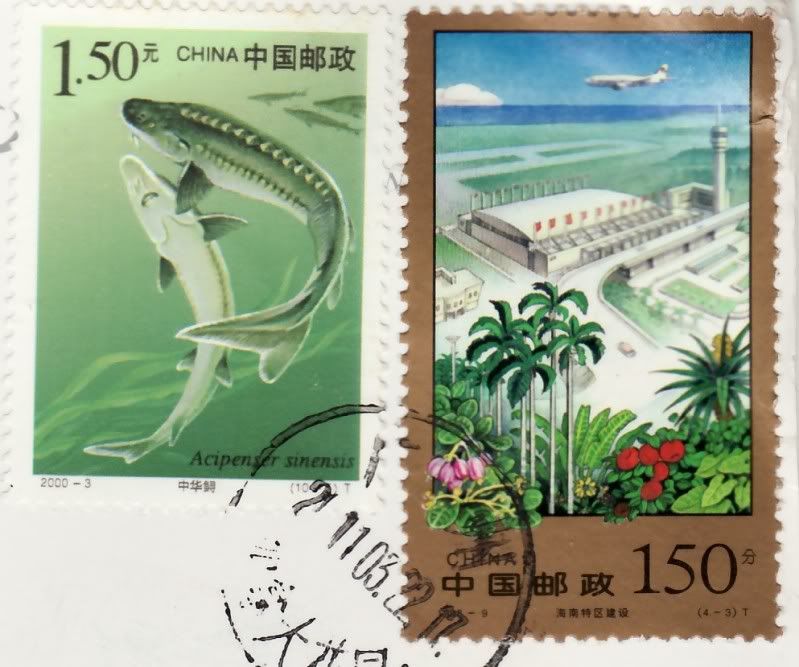 Lugu Lake is located in the North West Yunnan plateau in the centre of Ningliang Yi Autonomous County in the People's Republic of China. The middle of the lake forms the border between the Ninglang County of Yunnan Province and the Yanqing County of Sichuan province. The formation of the lake is thought to have occurred in a geological fault belonging to the geological age of the Late Cenozoic. It is an alpine lake at an elevation of 2,685 metres (8,809 ft) and is the highest lake in the Yunnan Province. The lake is surrounded by mountains and has five islands, four peninsulas, fourteen bays and seventeen beaches. Lugu Lake is a natural lake in the Hengduan Mountain System, and has a horseshoe shape. The shoreline of the lake is occupied by several ethnic minorities belonging to the Mosuo, Norzu, Yi, Pumi and Tibetan tribes. In the Mosuo language, Lugu means "falling into the water" and hu means "lake" in Chinese, which combined together give the name of the lake.
Lugu Lake is located in the North West Yunnan plateau in the centre of Ningliang Yi Autonomous County in the People's Republic of China. The middle of the lake forms the border between the Ninglang County of Yunnan Province and the Yanqing County of Sichuan province. The formation of the lake is thought to have occurred in a geological fault belonging to the geological age of the Late Cenozoic. It is an alpine lake at an elevation of 2,685 metres (8,809 ft) and is the highest lake in the Yunnan Province. The lake is surrounded by mountains and has five islands, four peninsulas, fourteen bays and seventeen beaches. Lugu Lake is a natural lake in the Hengduan Mountain System, and has a horseshoe shape. The shoreline of the lake is occupied by several ethnic minorities belonging to the Mosuo, Norzu, Yi, Pumi and Tibetan tribes. In the Mosuo language, Lugu means "falling into the water" and hu means "lake" in Chinese, which combined together give the name of the lake. Monday, April 11, 2011
Pearl Street by Elaine G. Mills
April 2011 Alt. RR #1, from #14 Tumblecat
Elaine Mills is an artist from Connecticut. This is her interpretation of Stonington Village, CT.
And a new stamp, with Carlos Gardel.
United States Post Office printed a series of commemorative forever stamps dedicated to the Latin music performer legends. Carlos Gardel made the cut and was immortalized in yet another way. He joined other four influential artists: Tito Puente, Carmen Miranda, Selena and Celia Cruz.
Carlos Gardel, regarded as the most important figure in the history of tango helped popularize this genre in Europe, Latin America and the United States. Although his birthplace is disputed between Uruguay and France, he moved to Argentina at the age of 2 and was an Argentine citizen. Unfortunately he died prematurely in a plane crash at the age of 45. Three quarters of a century later he continues to live on through his music, countless interpretations and tributes and now as an elegant figure on the US stamp.
On the Open Sea by Henry Bacon

April 2011 Alt. RR #1, from #11 Aurora
On the Open Sea - The Transatlantic Steamship "Pereire", by Henry Bacon, 1877
Henry Bacon (1839 in Haverhill, Massachusetts – 13 March 1912 in Cairo) was an American painter.
Henry A. Bacon was born in Haverhill, Massachusetts in 1839. During the American Civil War, he enlisted in the Union Army on 16 July 1861 and acted as a field artist for Frank Leslie's Weekly while he served as a soldier within the 13th Massachusetts Infantry. Badly wounded at Bull Run, he was discharged on 19 December 1862.
In 1864, he went to Paris, with his first wife Elizabeth Lord, to study figure painting. He was admitted to the National School of Fine Arts and was one of Alexandre Cabanel's scholars.
Bacon died in Cairo, Egypt in 1912.
I like such paintings, where you can find out a lot of different details about the way of living in other times.
PHQ card from the UK
April 2011 Alternative RR #1 - from #2 Duplevista
PHQ Cards are postcards depicting the design of a commemorative stamp issued by the British Post Office.
The 'PHQ' stands for Postal Headquarters, all items published by the Post Office are given a number which is prefixed by letters. The first card issued, was the 3p W.G. Grace stamp from the set of stamps commemorating County Cricket, issued on 16 May 1973, this card was numbered PHQ 1, the numbering sequence has continued to the present day.
There is, however, one gap in the sequence. The number PHQ24 was originally set aside for the 9p Silver Jubilee card {this card was issued after the rest of the set}, when it was issued the card was numbered PHQ22E. The set of Wildlife cards, issued 5 October 1977, had already been allocated the number PHQ25, so the number PHQ24 was never used.
The card I have has the number PHQ 346. It was issued by Royal Mail on 24 February 2011. Its name is Musicals (Return to the Forbidden Planet), and there are 7 more in this collection.
And there is also a great stamp with polar bear. It was issued on 22 March 2011 in the WWF set.
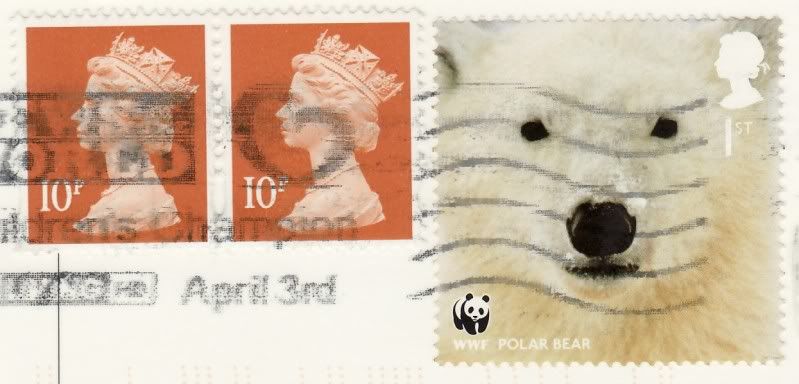 WWF is the world’s most experienced environmental charity and in 2011, it celebrates its 50th anniversary.
WWF is the world’s most experienced environmental charity and in 2011, it celebrates its 50th anniversary.
Created in 1961, the World Wildlife Fund, as it was then known, was formed by a group of eminent wildlife experts who launched the conservation organisation to tackle environmental problems across the world.
Royal Mail is issuing a total of 14 stamps to mark the anniversary of the foundation of the WWF.
PHQ Cards are postcards depicting the design of a commemorative stamp issued by the British Post Office.
The 'PHQ' stands for Postal Headquarters, all items published by the Post Office are given a number which is prefixed by letters. The first card issued, was the 3p W.G. Grace stamp from the set of stamps commemorating County Cricket, issued on 16 May 1973, this card was numbered PHQ 1, the numbering sequence has continued to the present day.
There is, however, one gap in the sequence. The number PHQ24 was originally set aside for the 9p Silver Jubilee card {this card was issued after the rest of the set}, when it was issued the card was numbered PHQ22E. The set of Wildlife cards, issued 5 October 1977, had already been allocated the number PHQ25, so the number PHQ24 was never used.
The card I have has the number PHQ 346. It was issued by Royal Mail on 24 February 2011. Its name is Musicals (Return to the Forbidden Planet), and there are 7 more in this collection.
And there is also a great stamp with polar bear. It was issued on 22 March 2011 in the WWF set.
 WWF is the world’s most experienced environmental charity and in 2011, it celebrates its 50th anniversary.
WWF is the world’s most experienced environmental charity and in 2011, it celebrates its 50th anniversary.Created in 1961, the World Wildlife Fund, as it was then known, was formed by a group of eminent wildlife experts who launched the conservation organisation to tackle environmental problems across the world.
Royal Mail is issuing a total of 14 stamps to mark the anniversary of the foundation of the WWF.
1st Class – Polar Bear
With 20-25,000 polar bears living in the wild, the species is not currently endangered, but its future is far from certain. If current warming trends continue, scientists believe that polar bears will be vulnerable to extinction within the next century.
DE-882448
Lehnin Abbey Ruins (1858) by Eduard Gaertner (1801 - 1877).
Eduard Gaertner was German Romantic painter, architect and printmaker (also Johann Philipp Eduard Gaertner). He was known by documenting Berlin in his paintings, carefully depicting the architectural and technological wonders of the time.
The years between the defeat of Napoleon in 1815 and the revolutions of 1848, known as the Biedermeier era, were a time of relative peace, prosperity, and innovation in German-speaking Europe. The art of the period came to be characterized by what a critic of the day called "rigorous simplicity."
Berlin was expanding rapidly, growing to fulfill its role as a major European capital. Imposing new public buildings by Schinkel and his disciples were being constructed. Painters like Eduard Gaertner and Johann Erdmann Hummel chose Berlin as their subject.
In Gaertner's paintings, emphasis was given to the objective recording of natural phenomena, and he sought to achieve an enamel-like finish that masked individual brushstrokes. We see how landscape and portraiture grew in importance while history painting declined.
Gaertner was carefully depicting the architectural and technological wonders, like the huge granite bowl that adorned the center of the city. They also turned his attention to the magnificent boulevards, as in his view of Schinkel's Neue Wache (New Guardhouse), whose Doric portico faces Unter den Linden, the city's most elegant promenade and parade ground.
Lehnin Abbey is a former Cistercian monastery in Lehnin in Brandenburg, Germany.The abbey was founded in 1180 with the support of Otto I, Margrave of Brandenburg as a daughter house of Sittichenbach Abbey. In its turn it founded four daughter houses: the abbeys of Paradiz (1236), Mariensee (1258), Chorin (1260) and Himmelpfort (1299).
It was an important contributor to the land development of the Margraviate of Brandenburg. It was dissolved in 1542 during the Reformation.
Lehnin Abbey remains significant for its architecture, as one of the finest brick Gothic structures in Germany. The ruins were extremely well restored in the 1870s.
Lighthouse in Paphos, Cyprus

March Alt. RR #1, from #18 muldj01
The Paphos Lighthouse can be seen from all over Paphos. It can easily be accessed by visiting the Paphos Archaeological centre in Paphos. The Lighthouse is only a few metres away from the Odeon and so you can take some good pictures from the top of the lighthouse if you are fit enough to climb up to the top.
Subscribe to:
Posts (Atom)

